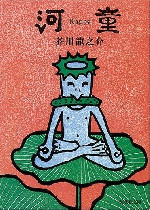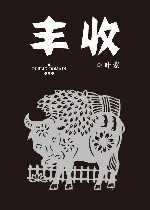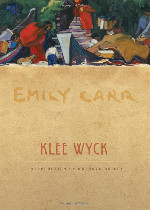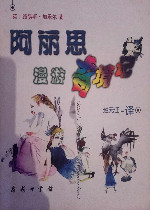
芥川龍之介(あくたがわりゅうのすけ)の小説。1927年(昭和2)3月『改造』に発表。スウィフト作『ガリバー旅行記』などの先例のある、社会風刺をもった寓意(ぐうい)小説をねらった作品である。ある精神病院の患者が話す、河童の国訪問の体験談の形をとっている。河童の国の「特別保護住民」となった主人公は、人間の社会とはまるで逆になっている河童の国で、胎児が自分で生まれるのを拒否したり、雌が雄を追いかけ回す河童の恋愛を見たり、珍しい体験をするが、結局は憂鬱(ゆううつ)になり人間の世界へ帰ってくる。しかし、人間の醜さにも耐えられず精神病院に入院している。社会批評や風刺よりも、作者自身が当面していた苦悩や問題がそのままの形で出ており、自殺を前にした作者の内面を理解するうえで貴重な作品である。

叶紫的第一部短篇小说。描写老农民云普叔一家头年因水灾丢了一老一小两条人命。次年高利借贷,卖女卖房,求神拜佛,再加上日夜苦干才夺得一个好收成。他满心欢喜,打算把债统统还清,再叫孩子饱饱地吃它几顿。不料,丰收后粮价猛跌,物价飞涨,高利贷和各种名目的捐税一齐涌进门来,半点钟功夫,一年辛苦所得的一仓谷被抢劫一空,而且还有捐税未清。云普叔气得倒地吐血,这才模模糊糊地意识到:只是苦吃苦做不行,还要像儿子立秋说的那样,“准备好不理他们”,或是来一次“大的拼命”才有出头之日。小说描写天灾人祸威逼下农民的苦难生活,揭示了陷农民于水火的人祸——封建官僚地主的黑暗统治,描写了农民的觉醒,显示了农村革命的前景。

Klee Wyck (1941) is a memoir by Canadian artist Emily Carr. Through short sketches, the artist tells of her experiences among First Nations people and cultures on British Columbia's west coast. The book won the 1941 Governor General's Award and occupies an important place in Canadian literature. Carr was an avid traveller, and explored much of the west coast of British Columbia in her lifetime. She related some of her experiences on western Vancouver Island, Haida Gwaii, and on the Skeena and Nass Rivers are related in this first book.

与《圣经》和莎士比亚戏剧并称为有史以来最流行的英文书籍!牛津大学数学老师写给孩子的奇思妙想之作!智慧与幻想的结晶,带你进入最奇妙的梦幻世界!这是一个你闻所未闻的世界。这里的一切扑朔迷离,变幻莫测,时而还穿插幽默诙谐的文字游戏、双关语或打油诗,读来好似荒诞,实际富有严密的逻辑性和深刻的内涵,是智慧与幻想的奇妙结晶。作者刘易斯·卡罗尔是牛津大学的数学老师。他生性腼腆,有些口吃,不善交际,但喜欢与孩子相处。在一次旅途中,他为朋友的女儿爱丽丝讲了好几个故事,旅行归来,他便将这些故事工工整整地写了下来,并精心画上素描,做成一本手写书,送给爱丽丝当礼物。童话一经出版便风靡全球。